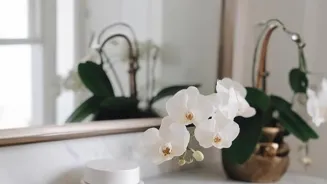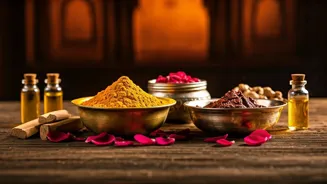Unveiling the Evolution of Skincare: Ancient Rituals to Modern Innovations. Dive deep into centuries-old beauty practices. Read on to discover the journey of skincare through time
For centuries, humans
have been deeply invested in skincare, driven by a desire for healthy, glowing skin. The practices may seem modern now, but their roots trace back to ancient civilizations.

The modern skincare market is booming with a wide product range, but a look at the past reveals practices of using natural ingredients for both cosmetic and medicinal purposes.
Understanding this history illuminates cultural values, technological advancements, and the enduring human pursuit of beauty and well-being.
Ancient civilizations had unique skincare methods using natural elements
Ancient civilizations in India, Egypt, and China developed unique skincare techniques by employing natural elements available to them.
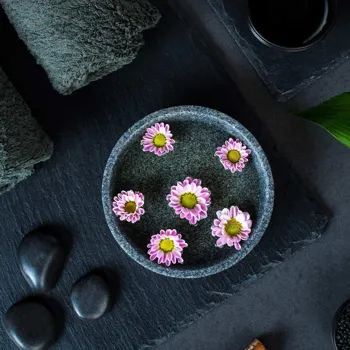
Egyptians, well known for their advanced levels of personal care, famously used milk and honey to moisturize their skin, while cleansing with fine and gentle soaps created from animal and vegetable fats.
They also understood the need to protect their skin from the harsh rays of the desert sun, creating protective creams and oils, offering a primitive form of sunscreen to reduce skin damage.
Henna was widely used to dye hair and decorate the body with intricate patterns, emphasizing their high regard for aesthetics and self-expression.
Ayurveda and ancient Chinese practices shaped beauty standards with natural remedies
In the Indian subcontinent, Ayurveda emerged as a holistic medicine system which greatly influenced beauty standards, and remains a popular approach until today. This system emphasized the balance of mind, body, and spirit and proposed that skin health reflected overall well-being.
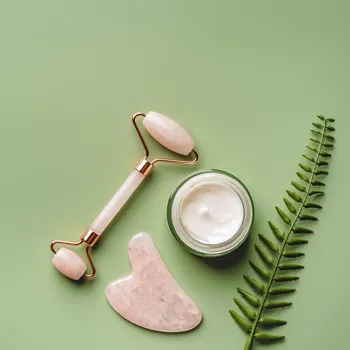
Turmeric, sandalwood, and neem, with their anti-inflammatory and antiseptic properties, held high esteem in skincare regimens. These ingredients were used in face masks, scrubs, and herbal baths to purify, nourish, and add luster to the skin.
Ancient Chinese practices also centered on natural remedies. They regarded rice water as a powerful toner and cleanser, and women used jade rollers, a practice still popular now, to improve circulation and reduce facial puffiness.
These ancient rituals represent an evolving understanding of natural ingredients and their potent effects on the skin.
Elaborate bathing rituals in Middle Ages Europe tied to social status
Moving towards the Middle Ages in Europe, cleanliness became closely associated with social status, leading to the development of elaborate bathing rituals. Wealthy Europeans enjoyed luxurious bathhouses filled with scented waters infused with delightful herbs and flowers.

Milk baths were particularly popular to obtain smooth, luminous skin. However, skincare was not simply limited to the elite; home remedies utilizing herbs, essential oils, and fats was common among regular people.
These remedies, passed down through families, represented a practical approach to skincare that relied on the natural resources readily available to them.
The Renaissance and Enlightenment: cosmetic trends, skincare risks, personal presentation
The Renaissance and Enlightenment eras witnessed significant changes with the rise of cosmetics and perfumes. Skin whitening was a highly sought-after beauty ideal.
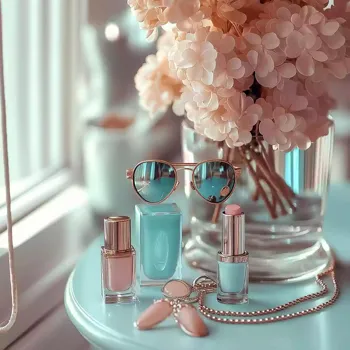
Lead-based powders were frequently used to achieve paler complexions, revealing a disregard for the dangerous side effects of these substances. Perfumes, made from natural ingredients like flowers and spices, became essential for social etiquette, masking body odors and adding an air of refinement.
Despite the interest on external appearance, the knowledge of skincare ingredients remained limited, leading to potentially dangerous practices. However, these trends highlight a cultural preference for artificial enhancements and the growing importance of personal presentation.
Advancements in chemistry and medicine revolutionize skincare in 19th and 20th centuries
During the 19th and 20th centuries, advancements in chemistry and medicine led to the modernization of skincare. The invention of sunscreen and the discovery of vitamins greatly influenced skincare formulations.
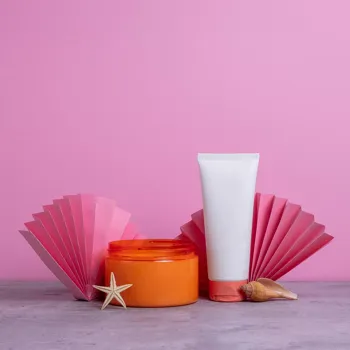
Sunscreen was vital in protecting the skin from sun damage, while vitamins such as A, C, and E became essential anti-aging ingredients. This era also saw the commercialization of skincare products on a large scale. Brands emerged, with an emphasis on scientific research and marketing.
Skincare increasingly emphasized anti-aging properties, promising youthfulness.
Skincare trends blend science and nature for radiant skin
The 21st century is marked by an explosion of skincare products combining scientific advancements with natural ingredients. Consumers are more informed, seeking detailed product information and personalized routines.
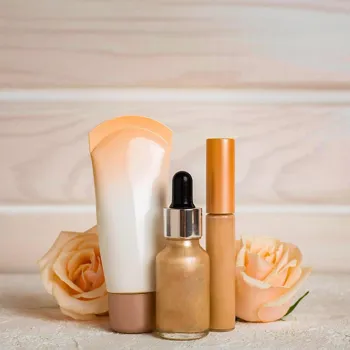
The rise of social media has increased awareness and trends are rapidly influencing consumer choices. A more holistic approach is emerging with an emphasis on preventative care, the importance of a healthy lifestyle, and internal well-being for achieving radiant skin.
This modern era presents a perfect blend of time-tested traditions and modern innovations.
Exploring skincare evolution from ancient to modern times
From ancient civilizations to our modern world, humans have persistently sought effective ways to care for their skin. By understanding the evolution of skincare, we can perceive the profound impact of history, culture, and technology on our lifestyles.

As we embrace modern skincare innovations, it is important to remember the wisdom within time-honored traditions, allowing us to make wise decisions about our skincare and well-being.
AI Generated Content. Glance/InMobi shall have no liability for the content